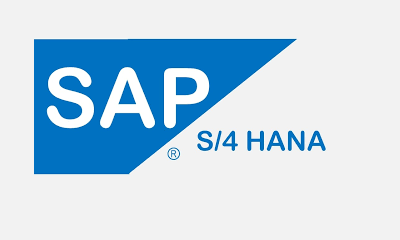Introduction
In the current wide domain of full-stack development, the front-end is the part of the web application that users mostly interact with directly. For Python developers aiming to become knowledgeable full-stack developers, it’s important to grasp the important front-end technologies that go well with their back-end skills. In the present scenario, obtaining its legit training and turning into a Python Full Stack Developer will be a boon for your career. This way, you will always be in demand.
So, to know it deeper, let’s have a look at the important front-end technologies that Python developers should master to build robust, interactive, and user-friendly web applications.
Important Front-end Technologies
-
HTML (HyperText Markup Language)-It is referred to as the backbone of any web application. Not only this, it acts as a standard markup language used for creating web pages. HTML structures the content on the web, using elements like headings, paragraphs, links, images, and more.
-
CSS (Cascading Style Sheets)-In fact, it is used to style and layout web pages. It lets developers to control the appearance of HTML elements, comprising colors, fonts, spacing, and positioning. It also uses selectors to target HTML elements and apply styles through properties. Offers responsive design & flex board & grid.
-
JavaScript- On the other hand, it is referred to as a versatile programming language that enables interactive and dynamic functionality on web pages. It can manipulate HTML and CSS, control multimedia, animate graphics, and handle user interactions. It can dynamically alter the HTML and CSS of a web page, allowing for real-time updates and interactivity.
-
Front-End Frameworks and Libraries-React is one of the most well-known JavaScript libraries for developing user interfaces, particularly single-page applications (SPAs). It allows developers to create reusable UI components. It also breaks the UI into isolated components that handle their own state, making the code more manageable and reusable.
Under this, Angular is a powerful front-end framework developed by Google. It is used for building dynamic web applications and SPAs. And Vue.js is a progressive JavaScript framework for building user interfaces. It is designed to be incrementally adoptable, allowing developers to use as much or as little of the framework as needed.
-
Build Tools and Task Runners- In fact, they automate repetitive tasks, optimize code, and streamline the development process. It also bundles every JavaScript module into a single or multiple files, reducing the number of HTTP requests.
-
Testing Frameworks- It is an important part of front-end development to ensure the reliability and functionality of the code. Two kinds of testing frameworks are broadly categorized as Jest and Mocha.
Future of Full Stack Developer bright or not.
The future of Full Stack Developers is quite bright, driven by the increasing demand for versatile professionals who can handle both front-end and back-end development. As businesses continue to embrace digital transformation, the need for seamless, integrated web and mobile applications has skyrocketed. Full Stack Developers, with their comprehensive skill set, are uniquely positioned to meet this demand.
They offer the advantage of being able to work on various layers of the technology stack, ensuring cohesive development processes and reducing the need for multiple specialized roles.
Moreover, with the rapid evolution of technologies and development frameworks, Full Stack Developers who continuously update their skills will find themselves at the forefront of innovation, leading the charge in creating cutting-edge applications. Therefore, the career prospects for Full Stack Developers are not only promising but also poised for significant growth in the years to come.
Conclusion
From the information mentioned above, it’s quite clear that mastering these front-end technologies is important for Python developers aspiring to become proficient full-stack developers. HTML, CSS, and JavaScript form the foundational triad of front-end development, enabling developers to create interactive and visually appealing web applications. Front-end frameworks and libraries like React, Angular, and Vue.js streamline the development process, allowing for the efficient creation of complex UIs. Version control systems, build tools, task runners, and testing frameworks further enhance development workflows, ensuring code quality and maintainability. Making the most of the Python Full Stack Developer Course Syllabus, you can integrate these front-end technologies with back-end Python skills to empower developers to create comprehensive and robust web applications, delivering a seamless and engaging user experience. As the demand for full-stack developers continues to grow, proficiency in these front-end technologies will substantially boost career prospects and open up numerous opportunities in the dynamic field of web development.




